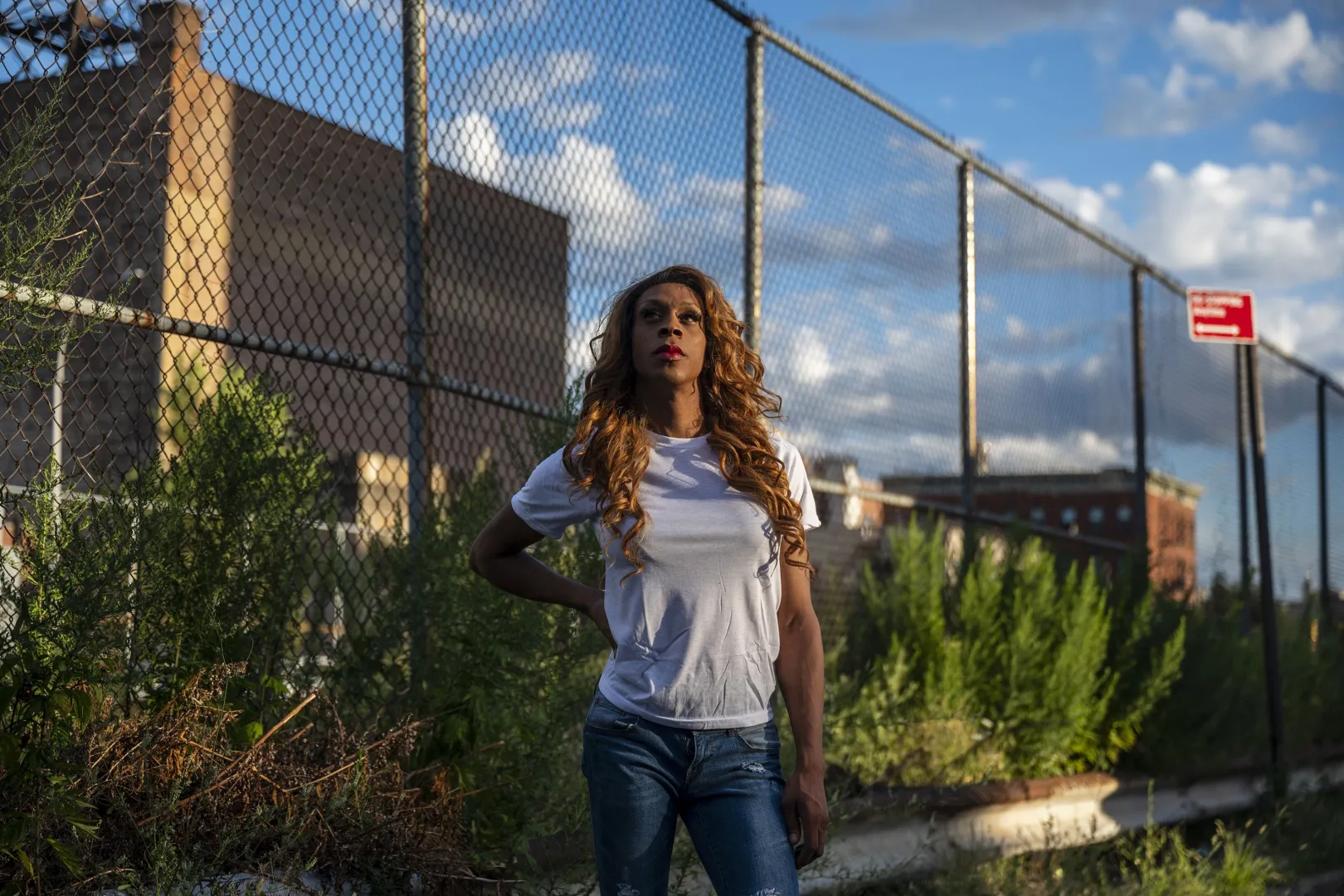City jails fail to protect or properly identify transgender people, task force finds
Three years after the death of Layleen Polanco in solitary confinement, a new report documents systemic failures that have left most trans people misclassified, with some alleging violence.

Naomi Waters near her apartment in Tremont, The Bronx. She says Rikers guards questioned her gender identity when she was incarcerated. Photo: Hiram Alejandro Durán/THE CITY
 This article was originally published on by THE CITY
This article was originally published on by THE CITY
This reporting was produced in partnership with New York Public Radio station WNYC and its news site Gothamist.
In 1979, the city Department of Correction created a special unit within the men’s jails on Rikers Island to house gay men and transgender women.

Brooklyn Boro
View MoreNew York City’s most populous borough, Brooklyn, is home to nearly 2.6 million residents. If Brooklyn were an independent city it would be the fourth largest city in the United States. While Brooklyn has become the epitome of ‘cool and hip’ in recent years, for those that were born here, raised families here and improved communities over the years, Brooklyn has never been ‘uncool’.